This is the tenth post in my series of biographical vignettes of the ladies who signed an 1882 Autograph book I found at a flea market. The young women were classmates at St. Mary’s Academy, a boarding school for girls on the campus of Notre Dame in South Bend, Indiana.
Mary Elizabeth Campbell attended St. Mary’s Academy from 1881-1883. She signed the autograph book with her preferred nickname, ‘Mamie.’ She was born in Washington, Indiana on August 10, 1862, the eldest of nine children born to Peter Augustine Campbell, born 1834 in Pennsylvania, and Catharine McDermott, born 1838 in Ireland.
The Campbell’s lived in Washington by 1850 where Peter’s occupation was as a saddler and leather worker. In 1860, he owned a dry goods store which he ran for least the next 20 years.
Mamie would have been 19 years old when she signed the autograph book. An account of her class’s Commencement was featured in the June 21, 1883 South Bend Tribune. Mamie performed a Valse-Caprice musical composition for the program, probably on piano.
Where she went and what she did over the next ten years, I don’t know, documentation of her is almost nonexistent. By the mid-1890s, she was living in Spokane, Washington where she was described as one of the city’s most charming ladies.
Through her activities and/or connections in Spokane (her brothers went west), she met the multi-millionaire Dennis Ryan. The Ryan family emigrated from Ireland to Canada in 1851. Dennis had four children with his first wife, Mary Katherine Rasche who died in 1892. Their three daughters lived to mid 20th century, but his only son, Dennis Edward, died at 3 years in 1886.
By 1882, Dennis Ryan had already amassed a fortune from mining ventures. He sold the Horn Silver mine to the Cunard family (of steamship line fame) for $4,000,000, and built the iconic Ryan Hotel in St. Paul Minnesota. Ryan was in the papers all the time for buying up land in the heart of the city or entering into new mining negotiations. He also purchased the Angus mansion for which he reportedly paid $40,000 cash.


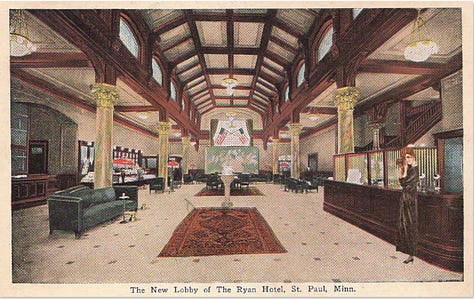
His family owned the Ryan Drug Company in St. Paul. (I did have to chuckle when one paper called him “the first big drug dealer,” a term that meant something totally different in the 1880s). On January 29, 1886 a huge fire completely destroyed the drug company, as well as an adjacent five-story building owned by Dennis. The loss was tallied at $225,000, but it was fully insured..
In 1887, Dennis purchased the Hunter Mine in Mullan, Idaho, an especially promising source for gold and silver. He paid the installments in cash, the final one of which was a cool $50,000. That’s a lot of money in 1887. That year, Dennis and his business partner, Matthew Cullen, were estimated to collectively be worth $14,000,000, approximately $472,000,000 today.
The railroad extended the line to Mullan because of the mine. A bit of an uproar was made when the station there was named Ryan Station rather than an eponymous name as all the other stations. Mullan felt the Northern Pacific Railroad was intentionally slighting the town.
In early May of 1895, Martin Curran, the Superintendent of the Hunter mine, was approached by Thomas Henry, the president of the Bureau of Miners’ Union regarding the wages at the Canyon Creek mine being higher than those at the Hunter. The miners asked they be paid the same or they may quit work and move on. Curran wired Dennis in St. Paul who responded, “Close up mine and mill.” All the workers were terminated and the mine closed after only one week in operation. It later reopened.
Dennis Ryan and Mary Campbell were married in Spokane on December 16, 1896. Dennis was 50, Mary was 34. The wedding was performed “in secret” in the early morning hours at the Main Street Catholic Church. The newlyweds ate breakfast at the Hotel Spokane before boarding a Northern Pacific train for St. Paul. A Spokane Chronicle article said even Dennis’s friends were unaware the wedding was to take place. It wasn’t done on a whim though, because Dennis arrived in Spokane from St. Paul a day or so before the ceremony and far-flung, out of town family members were present. Family matriarchs and patriarchs Marguerite Hogan Ryan and John Ryan, and Catharine McDermott Campbell and Peter Campbell attended with Mamie’s mother and brother John Campbell serving as witnesses.
There wasn’t a specific reason given for the clandestine nature of the wedding, but I imagine it had something to do with Dennis’s status. It seems his every movement was reported on in the 1880s and early 1890s.
On June 8 of 1897, Mamie and Dennis left for a three-week vacation to Ottawa and New York. This may have been to visit one of Dennis’s daughters who lived there. They returned to spend the summer in their Woodward Avenue home in St. Paul and the society pages announced they would be available for visits from their friends after June 1.
On September 12, 1897, their daughter was born: Bernadette Marie Ryan. The family would still have been in residence in their Woodward Avenue home at the time, but by mid-October, they removed to their apartments at Hotel Ryan for the winter.
In April of 1899 in Washington, DC, Mamie and Dennis were the guests of Senator and Mrs. Thomas Carter. Thomas had been a member of the House of Representatives and was later the Senator from Montana. The name Carter will come up again.
On the June 5, 1900 census, the family was again living at the Ryan Hotel along with their toddler daughter Bernadette and Dennis’s children: Nellie, Katherine, and Agnes.
Because census records can sometimes be wrong (I hear you laughing) and/or a person or family is listed on two different censuses because of overlap, there is another 1900 census where Bernadette appears. This one was enumerated on June 1, 1900. Bernadette is in the household of her maternal grandmother Catherine Campbell, hundreds of miles away in Asheville, North Carolina. Of note, Catherine indicated at that time that of her nine children, only three were living in 1900.
I’ve tried my best to piece this together based on the information I can find. During those few days between the two censuses, for whatever reason, Bernadette returned to St. Paul and was counted on both census records.
How long they remained in St. Paul or exactly when Mamie’s illness began, I don’t know. She had Bright’s disease, which is a chronic kidney disease now called nephritis. Mamie’s condition would have deteriorated as her kidney function decreased ultimately leading to failure. She would have little time remaining once that occurred. Mamie, and possibly Bernadette with her, were sent to her mother in Asheville.
Mamie died there on April 8, 1901. It could not have been an easy way to go. She was 37 years old and her daughter was only three. There may be newspapers out there with reports on Mary’s death, I can’t imagine they didn’t, but if so, those issues simply aren’t available online. At any rate, it is a bit sad to clips like these as the only marking of Mary’s passing.
Bernadette’s whereabouts in the next few years aren’t clear. It’s reasonable to expect she may have lived with Mamie’s mother for a time, at least until Catherine dies on February 1, 1906. Whether she died in Asheville, St. Paul, or elsewhere, I don’t know, but she was buried in St. Paul. The heirs on Catherine’s probate document were her two sons (Mamie’s brothers and only two surviving siblings): James Campbell, who was living in Ketchikan Alaska, and John Campbell. The other heir was her 9-year-old granddaughter, Bernadette Ryan, and the document indicated she lived in Salt Lake City, Utah. Bernadette had been sent to live with Dennis’s brother, Patrick Ryan and his large family.
I was unable to find Bernadette on the 1910 census, but this may have been because she was a boarding student at the Salt Lake City chapter of St. Mary’s Academy. This was the same institution her mother had attended in the early 1880s. Bernadette would have been 13. The Salt Lake Telegram names Bernadette as playing violin as part of the 1912 Commencement program for her class.
After the 1900 census when the Ryan family was staying at Hotel Ryan, Bernadette is never again reported in any proximity to her father. Patrick Ryan died in 1917 following a paralytic stroke. Not long after, a Norwegian language newspaper, Tidende, announced Dennis Ryan’s death on December 21, 1917 in Saint Paul. He would have been 72 on Christmas Day. The White Sulphur Springs Montana newspaper, Meagher County News, ran the title “Old Dennis Ryan of St. Paul Dead.”
The Ryan and Carter families appear to have been good friends and at least one visit of the Ryans with Senator Carter and family is documented. In April of 1918, Bernadette and her sister Kate had been guests of Mrs. Carter for several weeks (Senator Carter was then deceased). Shortly thereafter, Bernadette, Kate, and Mrs. Carter departed Washington DC for San Antonio, Texas where, on the 28th, Bernadette married the Senator’s son, then-Lieutenant Hugh Thomas Carter. who was stationed at Kelly Field in Texas.
Hugh’s academic past included Georgetown Preparatory, and graduating from Georgetown University in 1914 and Georgetown Law School in 1917. In 1920, he was a practicing attorney in Helena, Montana. By 1930, they had three children and the marriage had gone sideways. In October of 1930, the Los Angeles Times posted recent divorce decrees and the list included Bernadette and Hugh. Bernadette must have taken a sunny vacation following the divorce, because a July 19, 1931 passenger roster from Ensenada, Mexico listed Bernadette as divorced. I’ll come back to Bernadette in a bit, but first, let’s follow her children.
When the divorce took place, Bernadette and the children, Hugh Jr, Mary, and Colleen, had moved to Los Angeles where her sister Nellie and her husband lived. I don’t see any evidence the elder Hugh ever moved to Los Angeles. Whatever changes had caused the breakdown of their marriage may have also influenced other aspects of his life because in 1940, he was remarried to a woman named Laura and was living in Round Hill, Virginia as a turkey farmer. I was uncertain at first that this was the right person, but it was him, for sure. He and Laura had a 5-year-old named Mary Virginia.
By the time the 1940 census rolled around, Bernadette and Hugh’s middle child was married. Mary Patricia Carter married Maurice Marcellino on July 6, 1938 in Memphis, Tennessee. She was noted to have an engagement of two weeks as a vocalist at the Peabody Hotel, the iconic hotel with the ducks in the lobby fountain. They would live in L.A. Mary and Maurice divorced in May of 1969, Mary Patricia died on March 3, 1990 in Los Angeles.
Colleen lived with her mother in L.A. until she married Richard Keefe in October of 1944 in Hollywood. The couple moved to Alameda where Richard was stationed. Colleen passed away September 17, 1975 and Richard in 1984.
That leaves the eldest, Hugh Jr. He lived with his mother after the divorce, but in 1940, he was 21 and was living with his father and Laura in Virginia. It was at this time he was attending Georgetown Law School as his father had. In June of 1943, he married Ann Fredericksen in Omaha, Nebraska. I don’t know how these two met, but it may have been at university or even a family trip to DC from Nebraska. Ann came from a very wealthy family from Denmark. Ann and Hugh had three children, but I won’t name them here.
In 1946, Hugh Jr. had been a law student at Georgetown University, meaning he no longer was but he also was not a lawyer. I can imagine a reason or two, but I have no documentation other than “he had been.” The 1940 census shows he had no occupation, had not had a job, and was not seeking a job. In November of 1946, he decided to enroll in college in Los Angeles. He packed up Ann and their two kids, at present, and headed west.
On November 16, they had some difficulty with the car in Colorado and stopped in Trinidad, The care was put into the care of a mechanic and the family checked in to a cabin at an ‘auto court’ for the night. It was a Saturday night, so Hugh went out drinking. Ann and the children remained at the cabin.
The bar was reported to be the Hillside Club which offered live orchestra music. Hugh reportedly threw back quite a few over the course of the evening. When he ordered another drink, it was refused because the serving cutoff of midnight had passed; the bar would be closing soon. This enraged Hugh. He continued to demand another drink, but Felix Pachorek, a co-proprietor of the bar, firmly told him that wasn’t going to happen.
Hugh stormed out of the bar and went back to the cabin. Rather than going to bed and sleeping it off, Hugh got his revolver and returned to the Hillside. The argument with Felix started anew. Hugh fired at Felix, striking him in the side of the chest, the bullet piercing his lung. The drummer of the orchestra, 23-year-old Harold William Resch, jumped up and ran toward Felix and Hugh. Harold told Hugh to leave, but in response, Hugh fired three shots, all of which struck Harold, two in the chest and one in the abdomen, killing him. Harold had served in WWII but had been wounded and sent home. He had since enrolled in college. He was a Purple Heart recipient.
The numerous articles immediately after the murder described Hugh as a WWII veteran who had enlisted to serve his country. However, in 1941, the L.A. Herald-Examiner published a list of all draftees in the 12th Draft and Hugh was listed on Board 229, posted on 114 N. Western Avenue in L.A. I don’t know how long Hugh spent in the military but he was drafted in 1941 and was getting married in Nebraska in 1943.
Newspapers quoted what Hugh allegedly said to police officers after his arrest. “I was so drunk I didn’t know what I did.” Another, “I don’t remember pulling the trigger.” He never denied he had done it and he did sign a written confession.
His first murder trial commenced in July of 1947. Hugh pled insanity but was found guilty of first degree murder and was given a life sentence. He appealed and won a second trial based on the claim Judge David Ralston had failed to instruct the jury on a possible verdict of manslaughter.
By the time the second trial came on the docket in 1949, Hugh had been in the county jail for 31 months. This time, his attorney dropped the insanity claim and entered a “not guilty” plea. The jury deliberated for six hours and returned a verdict of “guilty of second degree murder.” The defense was given five days to file an appeal but they waived it. Judge John L. East sentenced Hugh to 50-60 years in the State Penitentiary at Canon City, Colorado. Newspapers dubbed him the “Night Club Slayer.”
There is some confusion and contradictory information for the time period after this. When Hugh Sr. died in 1952, Hugh Jr. is listed as a survivor and a resident of Omaha, Nebraska. His wife, Ann, and their two youngest children had returned to Omaha to live with her family while he was in prison. Hugh and Ann had a third child in 1950. There are different scenarios that could explain this, but none of them are a good fit. The theory that makes the most sense is that Hugh didn’t do that time in prison. There’s more to lend credence to this possibility.
Ann divorced Hugh at some point after his conviction because a new marriage license for Hugh Carter-Ann Carter was filed in Los Angeles on February 8, 1962. This implies that Hugh was released far, far in advance of his 50-60 year sentence. Ann re-divorced him in June of 1974, again in Los Angeles. Hugh died there on February 27, 1991. Ann lived the latter part of her life in Washington state.
So…what became of Bernadette? Around 1933-34, she married William John Vaughan Jr., a professional hockey player in L.A. They had one child, a son born in 1934 named William John Vaughan, III. William became a sports promoter after his athletic career ended. The marriage ended in divorce between 1950 and 1958.
William’s life seems to have spiraled after this. He was living in Los Angeles on Commercial Street, which no longer exists. It ran parallel to and between E. Temple and Aliso Streets, stopping at N. Main. The photos below are from 1950 and are roughly where the Los Angeles Mall and the federal building are now.
On November 26, 1958, William's remains were brought to the Central Receiving Hospital in Los Angeles. An autopsy was conducted and returned the determination of suicide by cyanide poisoning, self ingestion of sodium cyanide. He was 51.
Bernadette Marie Ryan Carter Vaughan died on July 28, 1987 at age 89 at her home in Sherman Oaks, California. Both of her sons, Hugh Carter Jr. and William Vaughan III survived her, as did her daughter Mary Patricia. Colleen passed in 1975.
So much happened in the lives of these families. Mamie enjoyed a privileged education, was talented, well-liked, and she married into a family with unimaginable riches. It was a fairy tale that was cut so short. This purpose of this post was to tell about Mamie’s life, but it is her legacy that we know most about. Mamie is the silent core from which the other family members radiated.
Her daughter lived a long life, and indications were that, apart from the lows that are often common in life, she had happy times. Many lives would appear dismal if the only perspective was from what is published in newspapers or recorded in legal documents. I am sad for her that she didn’t get to know her mother and, by all accounts, probably didn’t know her father very well. Like all of us, she lived through some difficult disappointments but she was able to see her daughters and youngest son live a full and successful life.






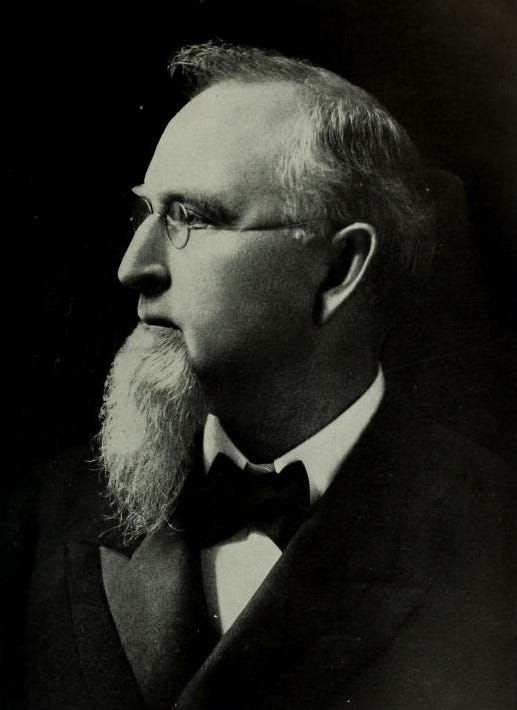
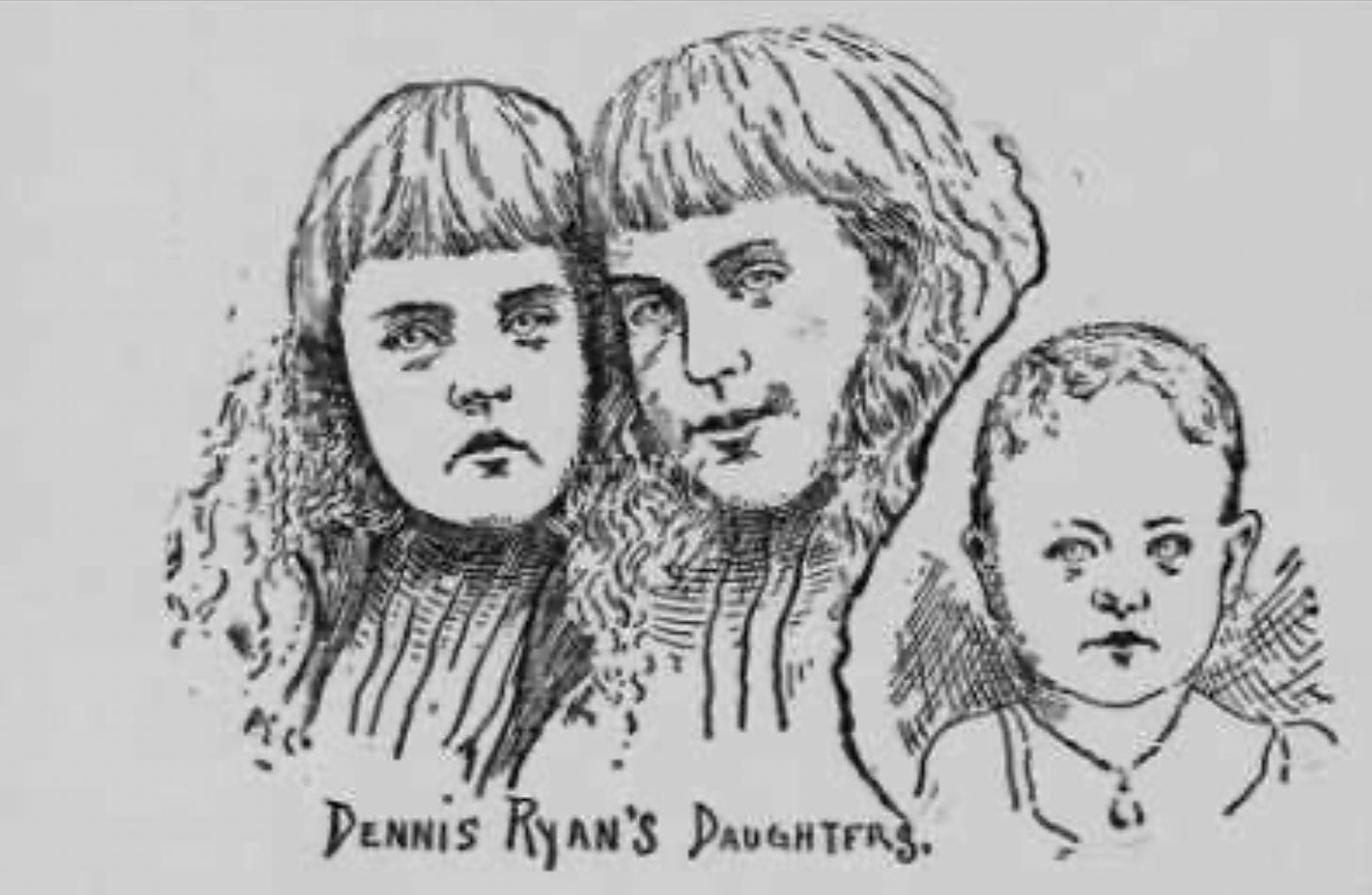






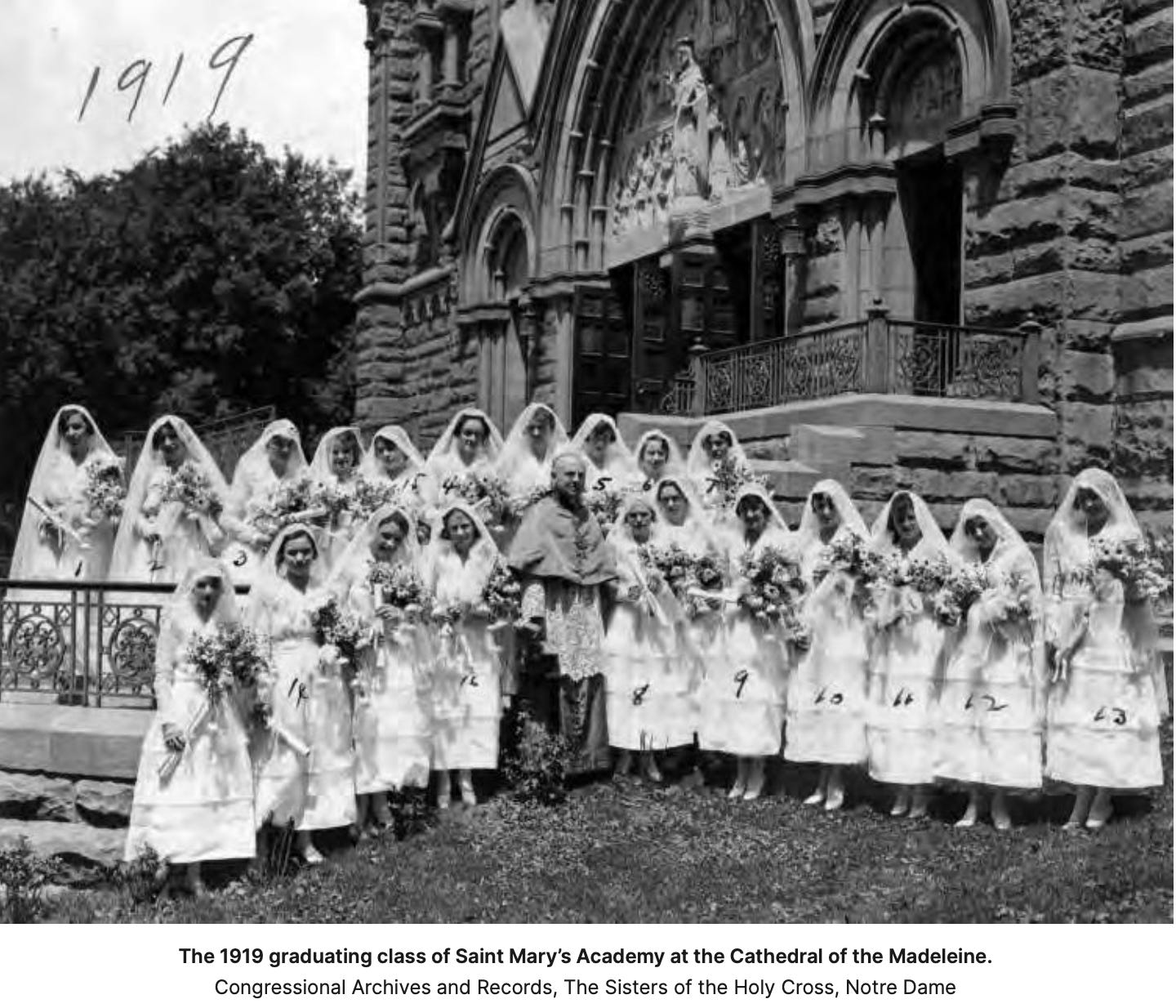

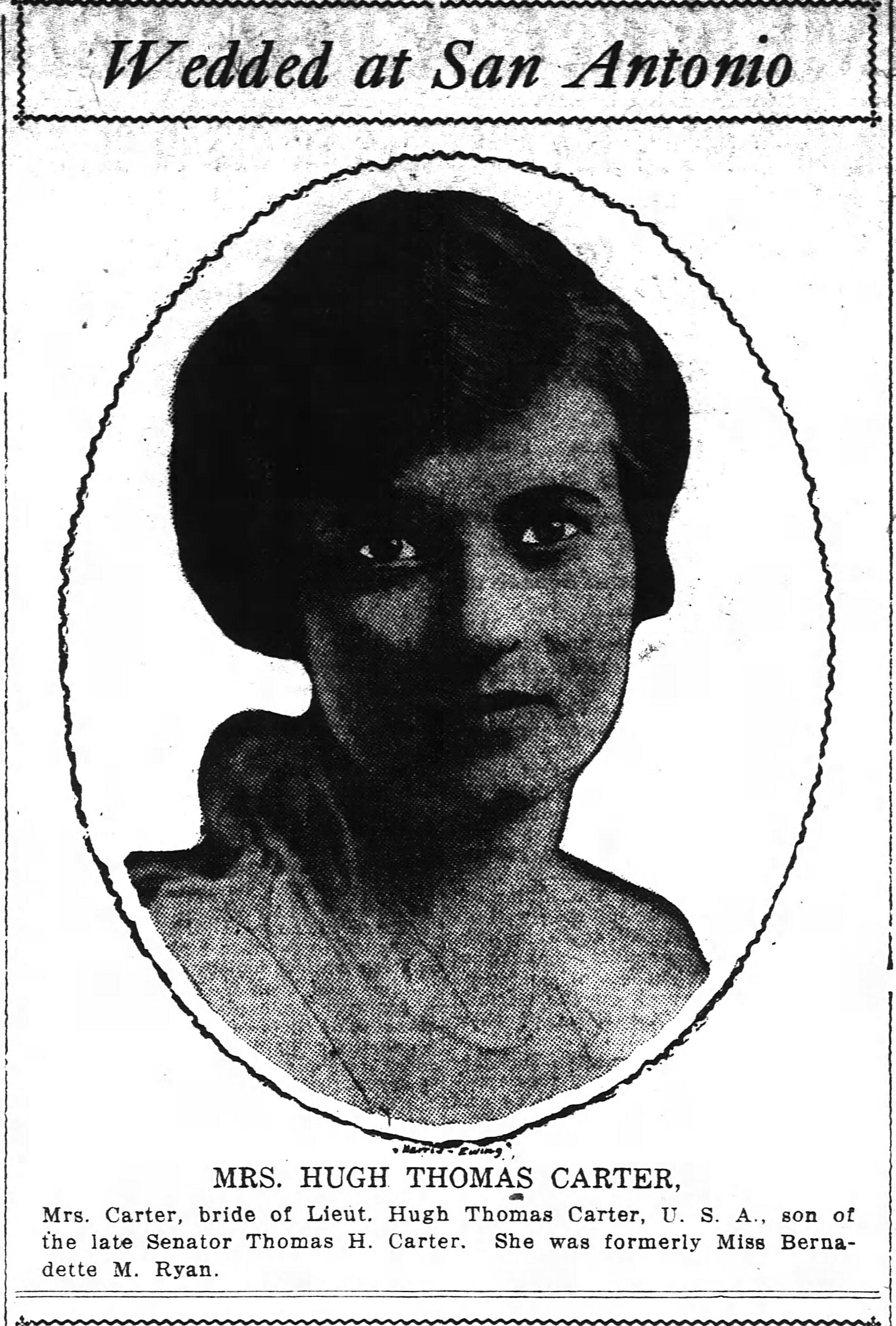

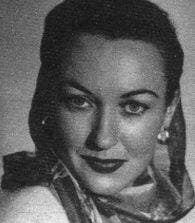

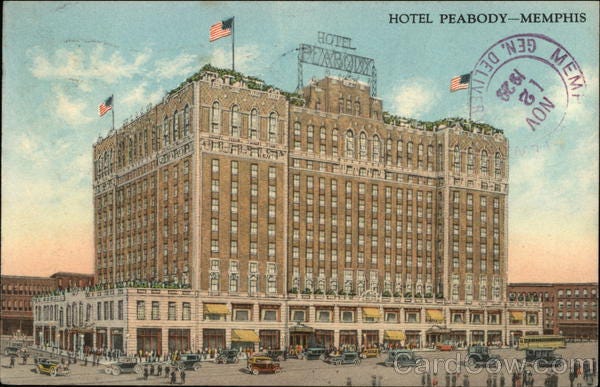



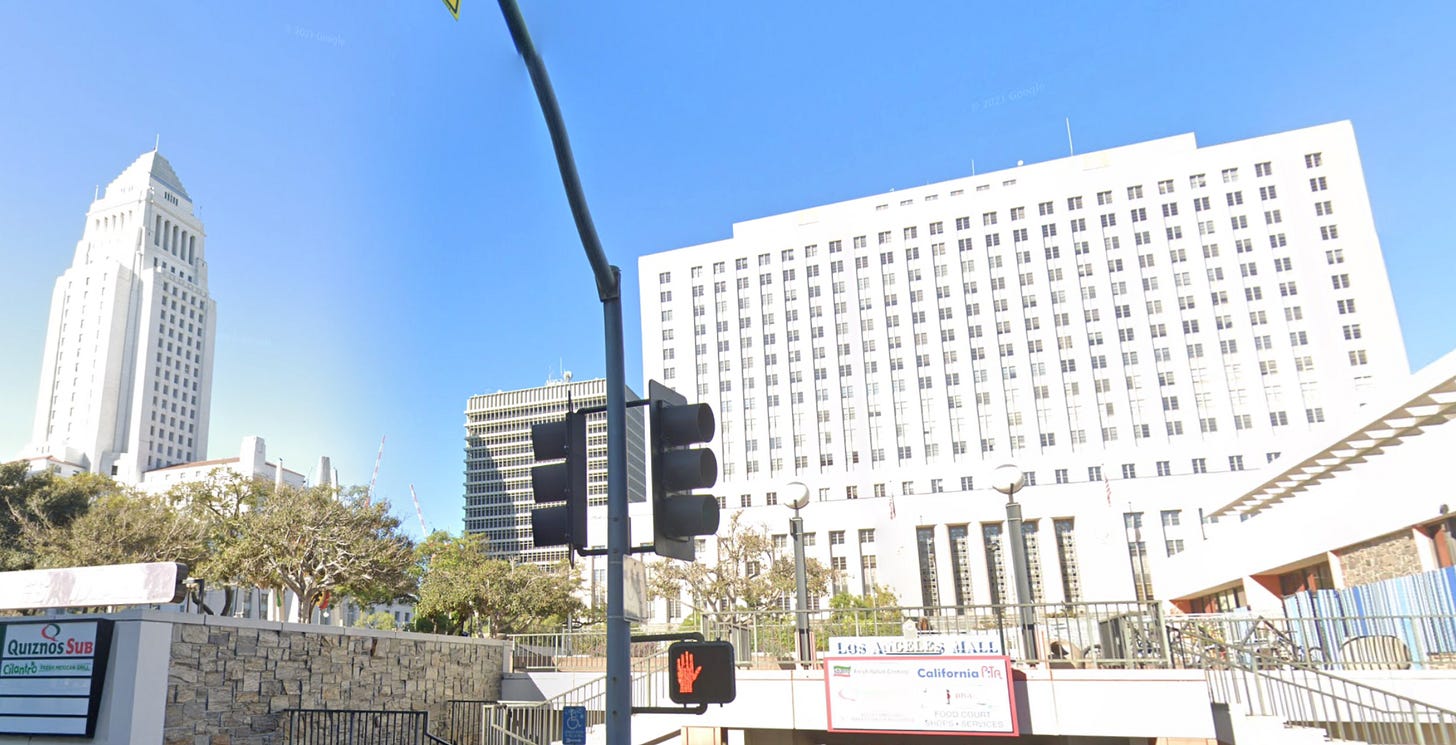
A wonderful series . So much history connected with these ladies.
I am really enjoying this series. I love how an entire family story can be retrieved by pulling one thread (followed by a ton of research).